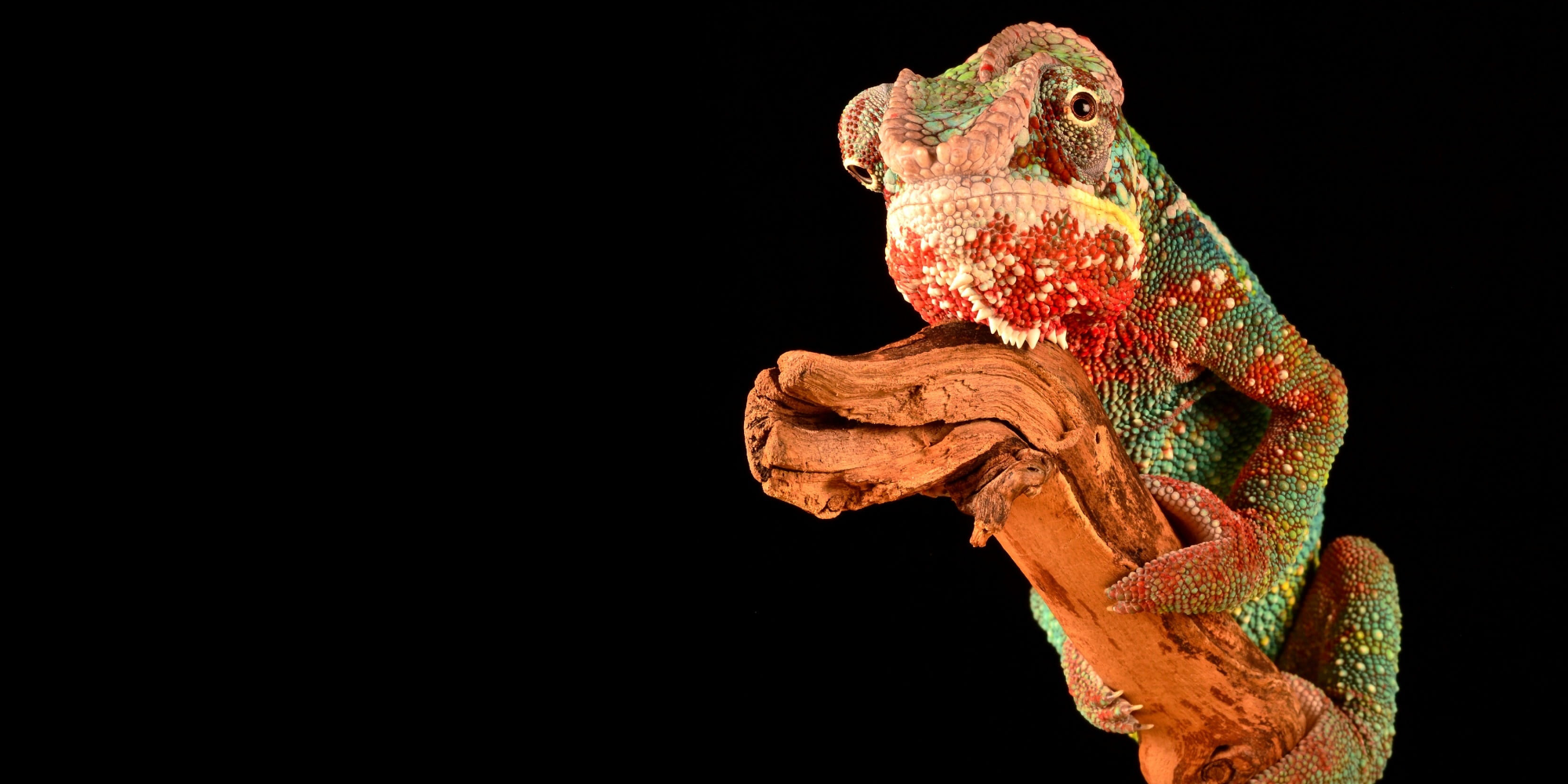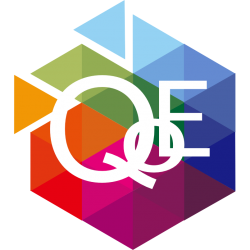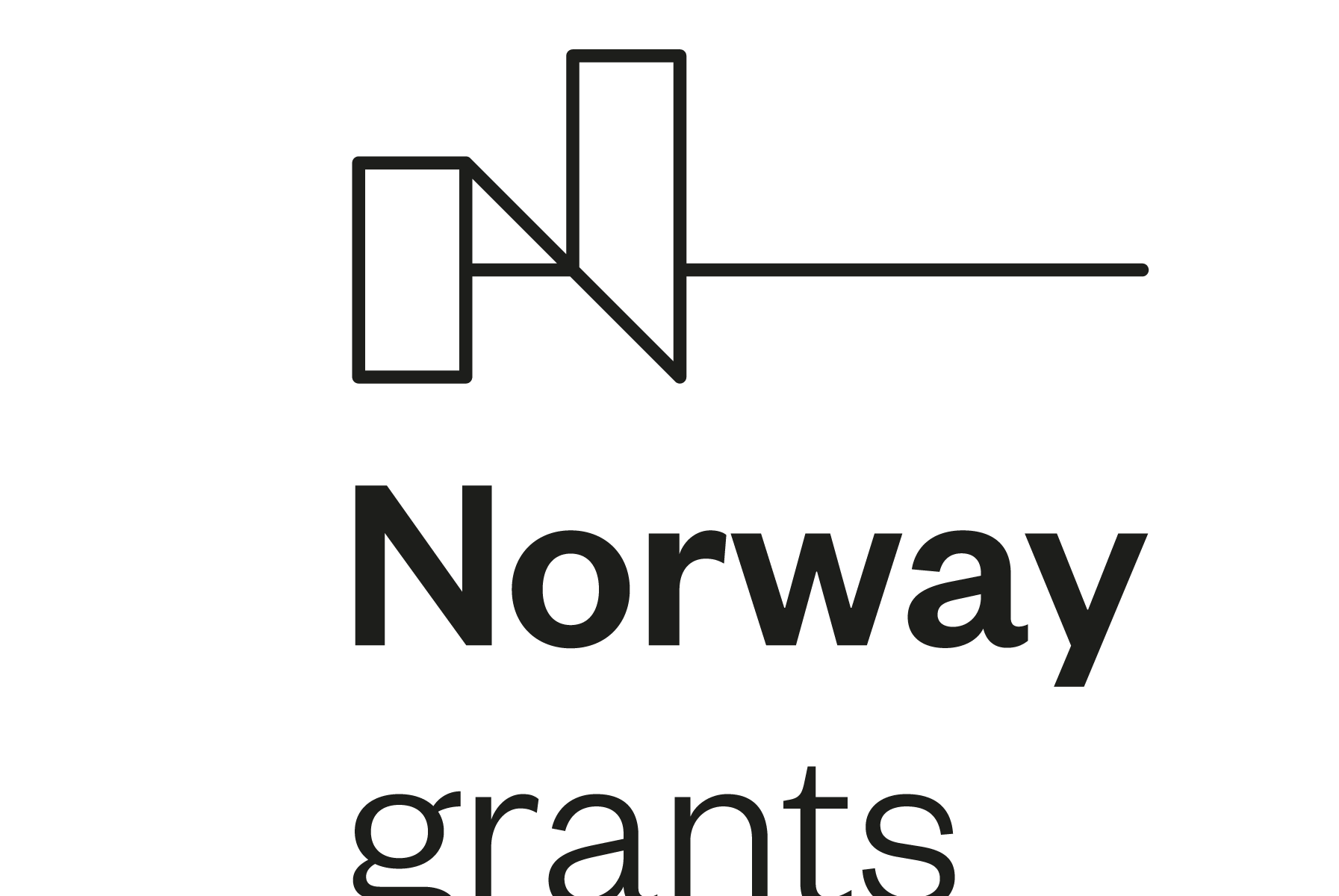The Project “Towards Better Understanding of Factors Influencing the QoE by More Ecologically-Valid Evaluation Standards” aims to understand better which factors play a role when people use video services: why are some experiences positive, while others are negative? Why is the quality sometimes considered “really bad” and in other cases as very good? Which factors play a role in this respect and how do these factors interplay? How users experience with video services the video services quality. We all use video services which are developed continuously. The movie from 80st or 90st played in today’s TV channel looks much worse than the advertising played in the brake, even if the old move goes through enhancing procedure. Many different evolutions and revolutions drive this development. One of the critical technological improvements is better compression algorithms.
The research on the video quality has a long history, and its main force is pixel quality improvement. It is reasonable since pixel quality has the primary influence on our opinion about the quality of service. Nevertheless, this is not the only reason we use a particular service. We are not focusing on the pixel quality and content quality, only. Other factors are making us complain about the quality of a nearly perfect movie watched in a home theatre, designed to watch the best quality you can get, or almost ignore quality problems when we are on vacation with poor internet access, but our favourite team is playing!
Currently, the way we receive information from users is strongly related to pixel quality. It does not include any other factors. Even we explicitly ask people to ignore them! Currently, a typical subjective experiment is showing small short sequences which content is often repeated. The goal of this research is to change it. We are going to include factors like interest in the content by experiments where users have chosen the content they watch. Another critical dimension is related to the content creator; therefore, other planned experiment targets the influence of relation to the content creator. How different is quality if it comes from our family or a stranger. We also target the place where people use the service running some experiments on the user’s mobile phones, which allow for as natural watching experience as possible. The proposed experiment is new, and within the project, we will work on the clear method description so another laboratory can repeat the same or similar experiment. Having two laboratories involved in this process is especially crucial since comparing results between the two laboratories can reveal some problems we have with the procedure description or the experiment itself.
In the proposal, we described seven different experiments which analysis allow us to propose a model of the critical factors. The next part of the project will be focusing on “stressing” this model by proposing new subjective experiments. For example, if the model predicts that the interest in the content has a primary influencing factor we are going to plane subjective experiment with a clear line of the content interest which is ordered by users before the study. Collection results for sequences which have a different level of involvement from a user point of view result in proving or rejecting the content involvement hypothesis. The data obtained from the final experiments will be used to finalize our model, which is the main result of the project.
In parallel, we run long term studies where we are targeting cooperation with users for more than two years. From those observations, we conclude what factors matter the most in the long term. Again the classical experiments ignore the long term effects, and we would like to know how much we lose by asking users only once compared to long and stable cooperation.
All the experiments we conduct have detail description, and we are going to discuss both the procedure and the data analysis with the scientific community. Our goal is to make those experiments procedures to become more popular and used by other researchers. Ultimate solution should be increasing awareness of the newly discovered factors and finally, the better video or other services created for all of us.



